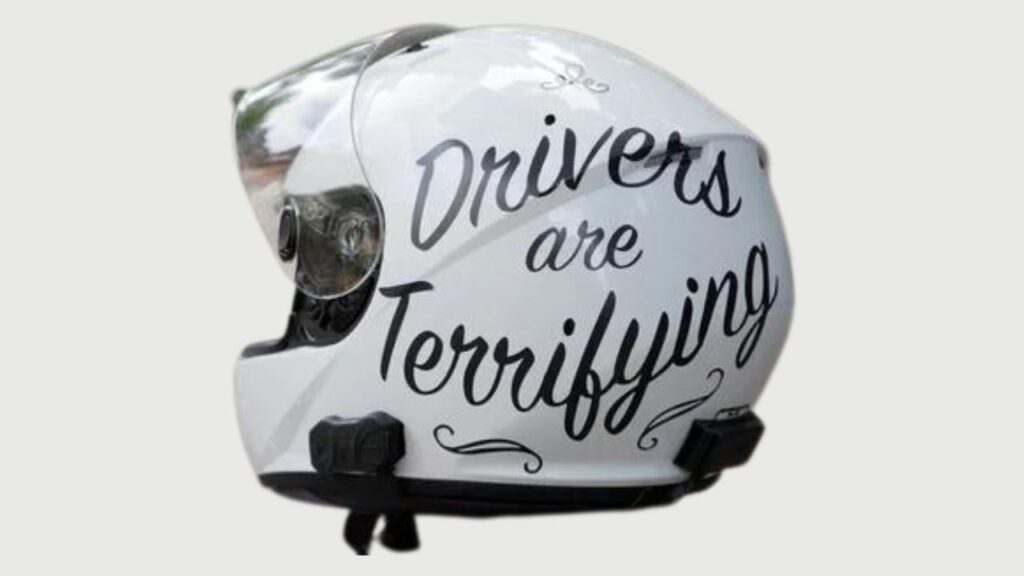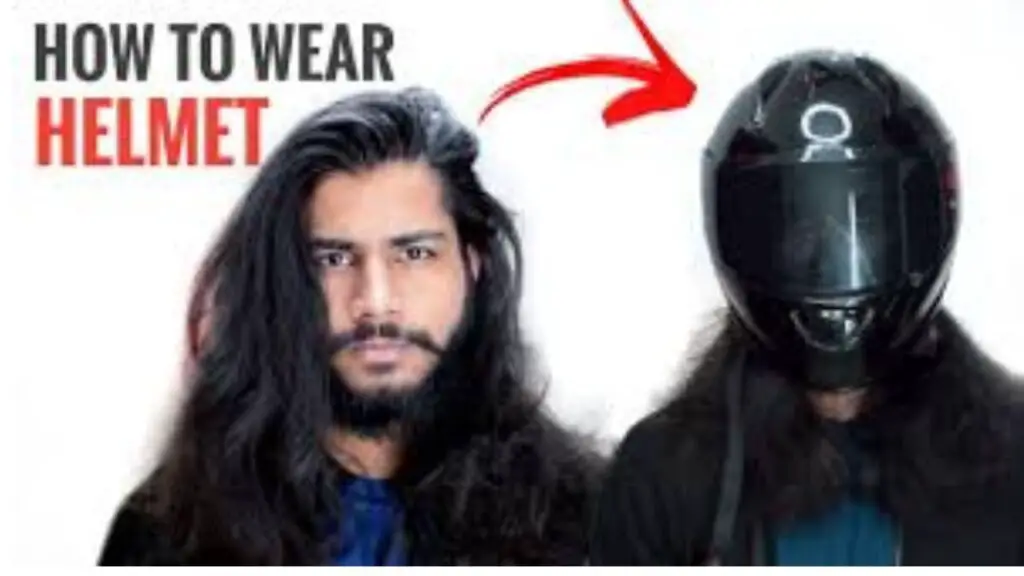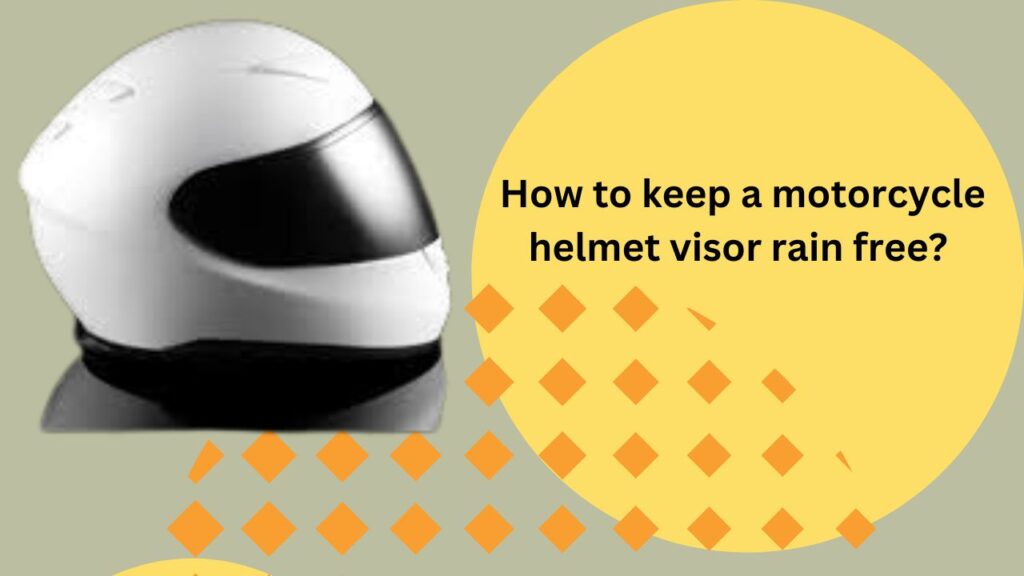Motorcycle helmets are a critical piece of safety equipment, but they also provide an opportunity for personalization. Adding stickers is a popular way to express style or enhance visibility, but is it safe?
Understanding how stickers affect your helmet’s material, safety, and performance is key. Let’s explore everything you need to know about adding stickers to your motorcycle helmet.
Can You Put Stickers on Your Motorcycle Helmet?
You can put stickers on your motorcycle helmets without worrying about their ability to protect your head from impact. However, consider the following:
- Avoid Ventilation Channels: Do not place stickers over ventilation channels to maintain airflow.
- Warranty Concerns: Adding stickers may void your warranty agreement; many manufacturers prohibit such modifications.
- Visibility Issues: Avoid covering the visor to maintain a clear field of view.
As a rider who enjoys customizing my gear, I love showcasing my personality with a cool helmet, but safety is always my priority. By following these tips, you can customize your helmet without compromising its integrity or safety features.

What Materials Are Motorcycle Helmet Stickers Made Of?
When customizing your helmet, knowing the materials used for stickers is essential. Most stickers are made from:
- Durable Substrate: Typically vinyl or polyester, known for resistance to fading and peeling.
- Thickness: Usually between 2 and 4 millimeters, allowing flexibility to conform to the helmet’s shape.
- High-Quality Adhesive: Often acrylic, ensuring a strong bond to the helmet.
- UV-Resistant Ink: Prevents fading when exposed to sunlight.
Lamination Options for Motorcycle Helmets
Adding lamination to your motorcycle helmet stickers offers several benefits:
- Glossy Lamination: Provides a shiny finish.
- Matte Lamination: Offers a non-reflective surface for a subtle appearance.
- Clear Lamination: Protects the design while preserving its original look.
- Textured Lamination: Adds unique textures, such as brushed or carbon fiber effects.
- Anti-Scratch Lamination: Offers extra resistance against scratches and abrasions.
Based on my experience, choosing the right lamination can significantly impact both appearance and durability.
Is It Legal to Put Stickers on Your Motorcycle Helmet?
The legality of putting stickers on your motorcycle helmet varies by location. Keep these points in mind:
- Local Laws: Research state or country regulations regarding helmet modifications.
- Visibility of Safety Certifications: Ensure stickers do not cover important safety labels.
While customizing your helmet with stickers is fun, always prioritize safety and comply with applicable laws and regulations.
What Does the Sticker on a Motorcycle Helmet Mean?
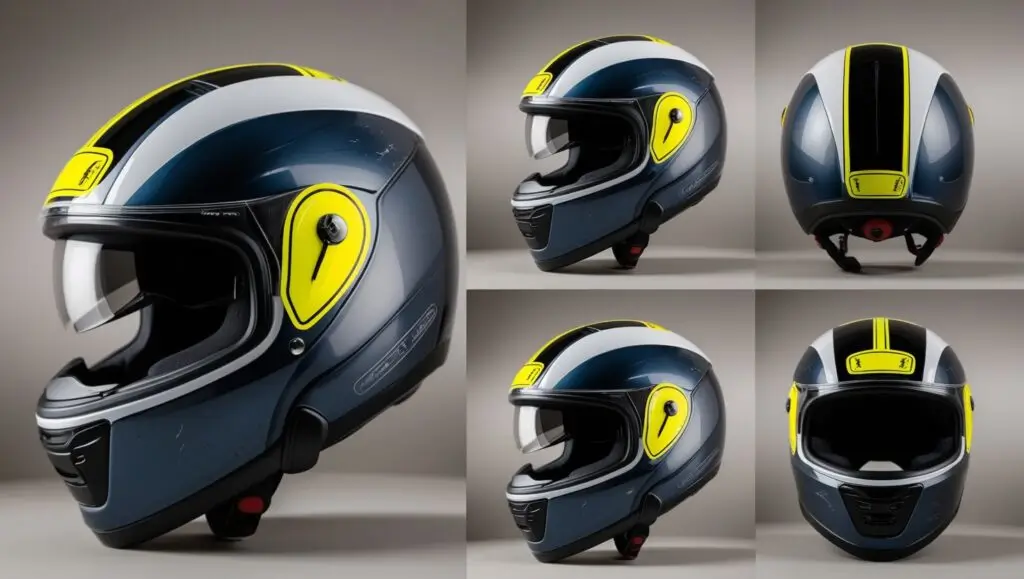
Stickers on a motorcycle helmet can have different meanings, including:
- Affiliation Representation: Show affiliation.
- Safety Information: Confirm that the helmet meets certain standards or certifications.
- Personal Style: Reflect personal interests, brands, or sponsorships.
Make sure any sticker does not obstruct visibility or compromise the helmet’s structural integrity.
Where is the Best Place to Put Stickers on a Motorcycle Helmet?
The best place for stickers on a motorcycle helmet depends on personal preference. Here are some guidelines:
- Visibility: Ensure stickers do not obstruct visibility or cover certification labels.
- Preferred Locations: The sides and rear of the helmet are ideal for placement.
- Avoid Impact Zones: Steer clear of placing stickers in areas critical for absorbing impact.
How to Apply Stickers on a Motorcycle Helmet?
When adding stickers, follow these steps:
- Choose Placement: Ensure visibility of safety certifications.
- Clean Area: Use a damp cloth to remove dirt, dust, or debris.
- Peel and Position: Peel the sticker backing and place it evenly in your desired spot.
- Smooth Out Bubbles: Use a credit card to remove air bubbles from the center to the edges.
- Allow to Set: Let the stickers set for at least 24 hours before using the helmet.
Always use stickers specifically designed for helmets to avoid reducing visibility or causing distractions while riding. Choose weatherproof stickers made from durable materials like vinyl, which resist moisture, UV rays, and fading.
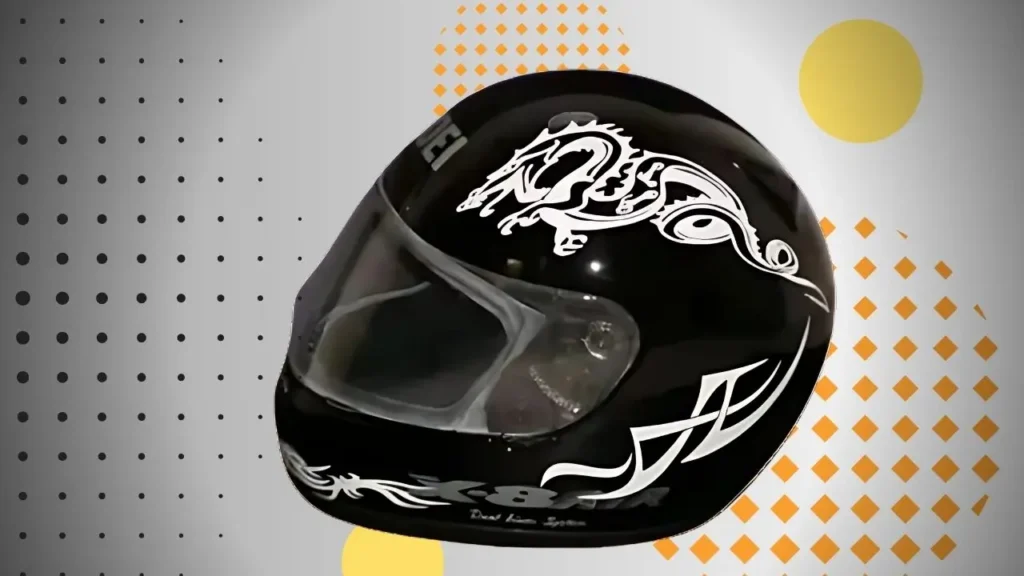
Will Stickers Last on a Motorcycle Helmet?
Several factors determine the longevity of stickers on a motorcycle helmet:
- Quality Matters: High-quality vinyl stickers are more durable.
- Proper Application: Clean surfaces and smoothing air bubbles help ensure longevity.
- Maintenance: Avoid harsh cleaning agents and excessive sunlight to prolong lifespan.
If stickers aren’t your style, consider painting a helmet or using decals designed for safety to maintain helmet integrity.
Are Sticker Manufacturers Required to Provide Warranty and Guidelines?
Most motorcycle helmets come with warranties, but modifications like adding stickers can void them. Always check your helmet’s manual to ensure you don’t lose coverage by customizing it with stickers.
Factory-Applied Stickers vs. DIY Stickers
When choosing between factory-applied and DIY stickers:
- Factory Stickers: Added during production and tested for safety compatibility.
- DIY Stickers: May cause safety issues if adhesives are unsuitable for the helmet.
For a safe ride, consider helmets with pre-applied designs instead of adding your stickers.
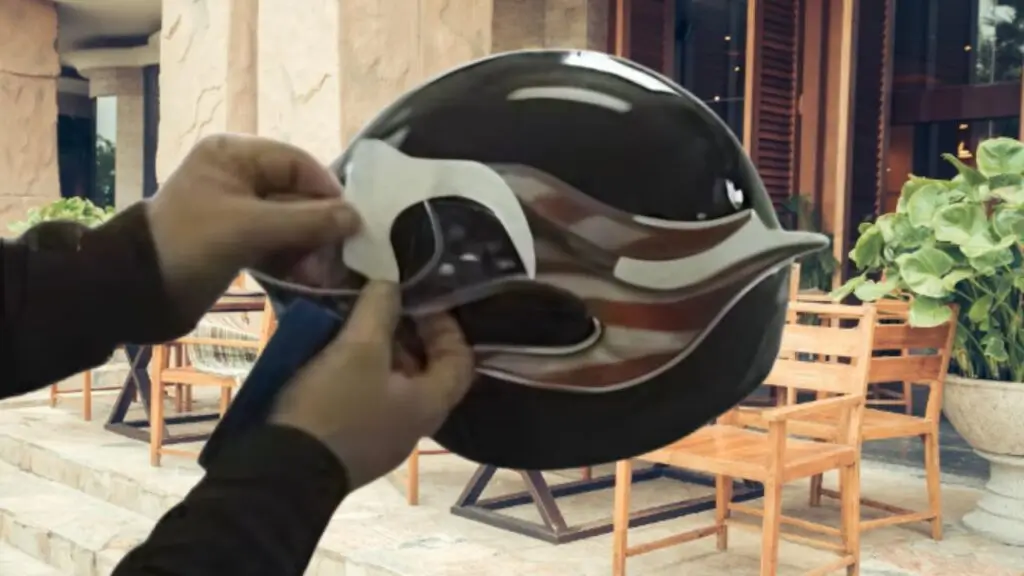
Can Stickers Improve Visibility on Your Helmet?
Yes, stickers can significantly improve visibility, especially during night rides. Consider these options:
- Reflective Stickers: Enhance your presence in low light.
- Color Choices: Choose bright colors for better visibility.
Additional Tips:
- Helmet Brands to Avoid: Research and avoid brands known for subpar safety ratings.
- Wrap a Helmet: If you prefer a different look, consider wrapping instead of stickers.
By following these guidelines and considerations, you can personalize your motorcycle helmet safely and effectively while maintaining its integrity and functionality.
Conclusion
In conclusion, yes, you can put stickers on your motorcycle helmet, but it’s important to proceed with caution. Always consider the type of material your helmet is made of, the compatibility of adhesives, and how stickers might affect both ventilation and safety. Be mindful of manufacturer guidelines and your helmet’s warranty before adding stickers. If your main goal is to enhance visibility, opt for reflective stickers in non-critical areas.
FAQs
Can stickers damage my motorcycle helmet?
Yes, if the adhesive is not compatible with your helmet’s material, it can weaken the structure and affect it.
About the Author
I am Daniel Ken, an experienced motorcycle rider with 8 years on the road, and I specialize in writing about motorcycle helmets. I share expert insights on helmet safety, comfort, and style, helping fellow riders choose the best gear. My knowledge covers top safety standards, helmet types, premium materials, and advanced ventilation and noise reduction features.
